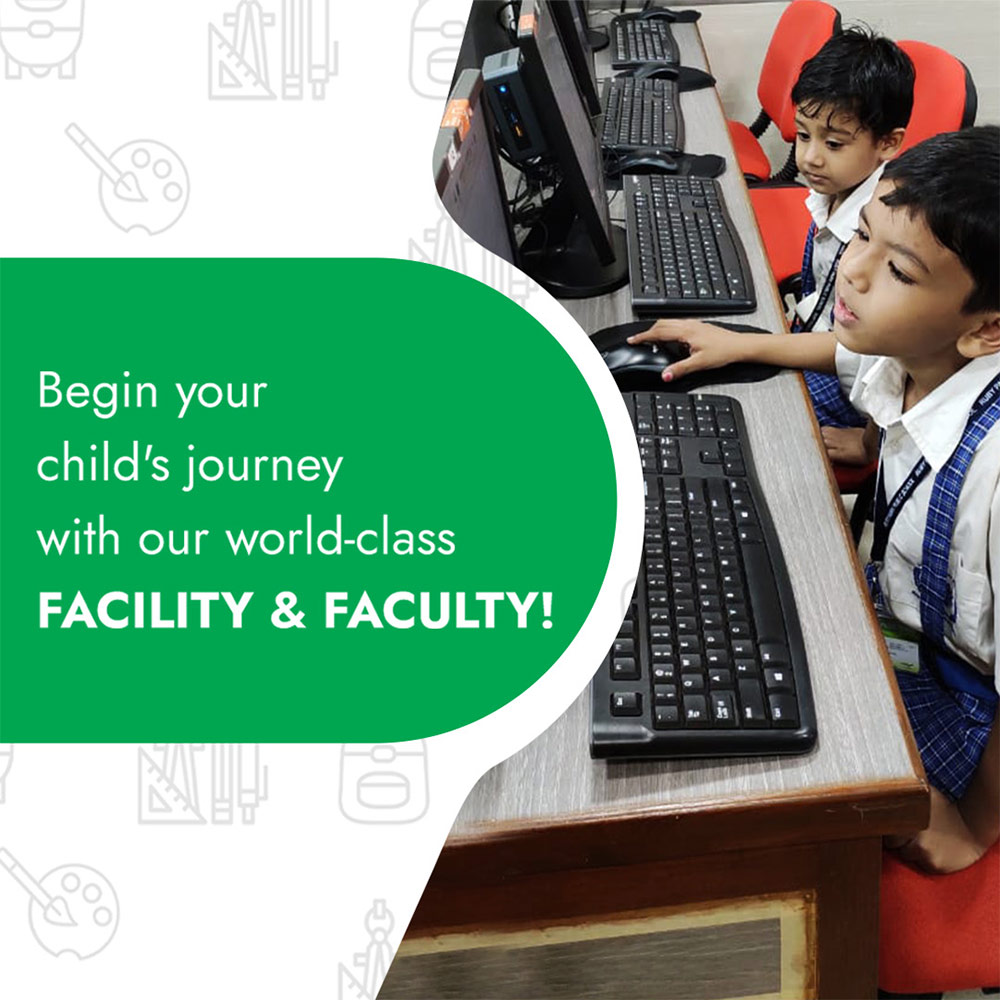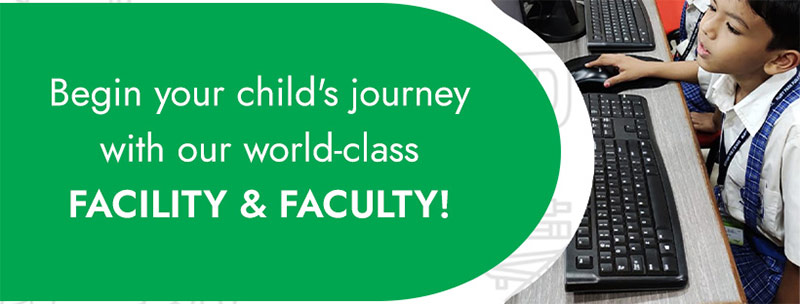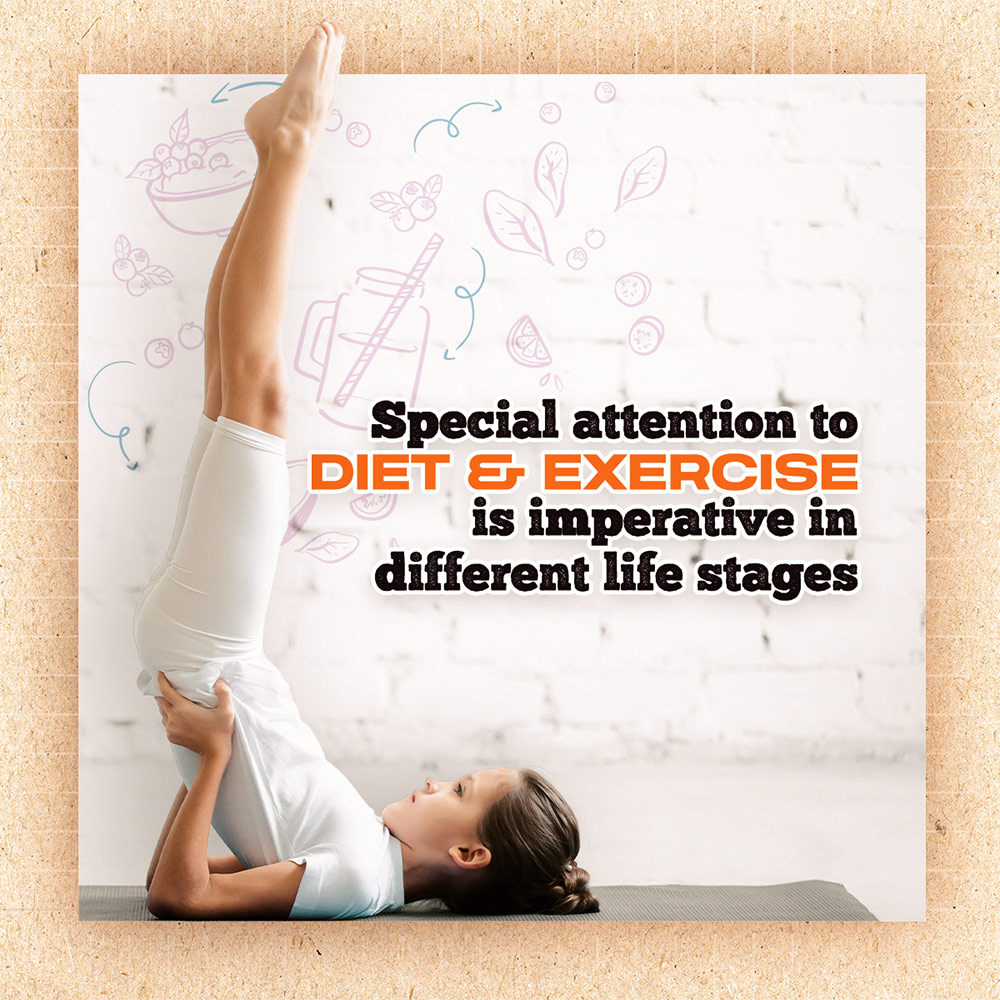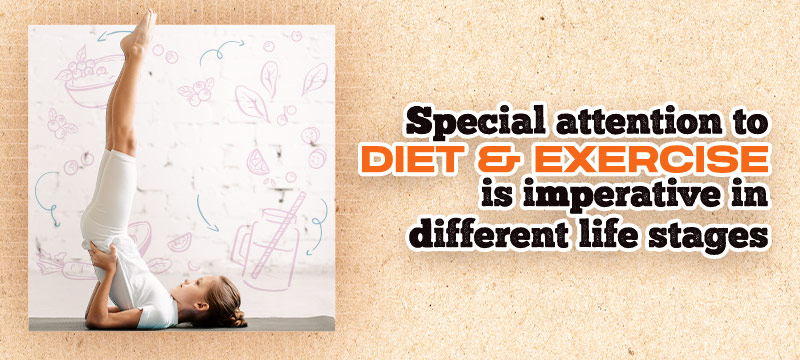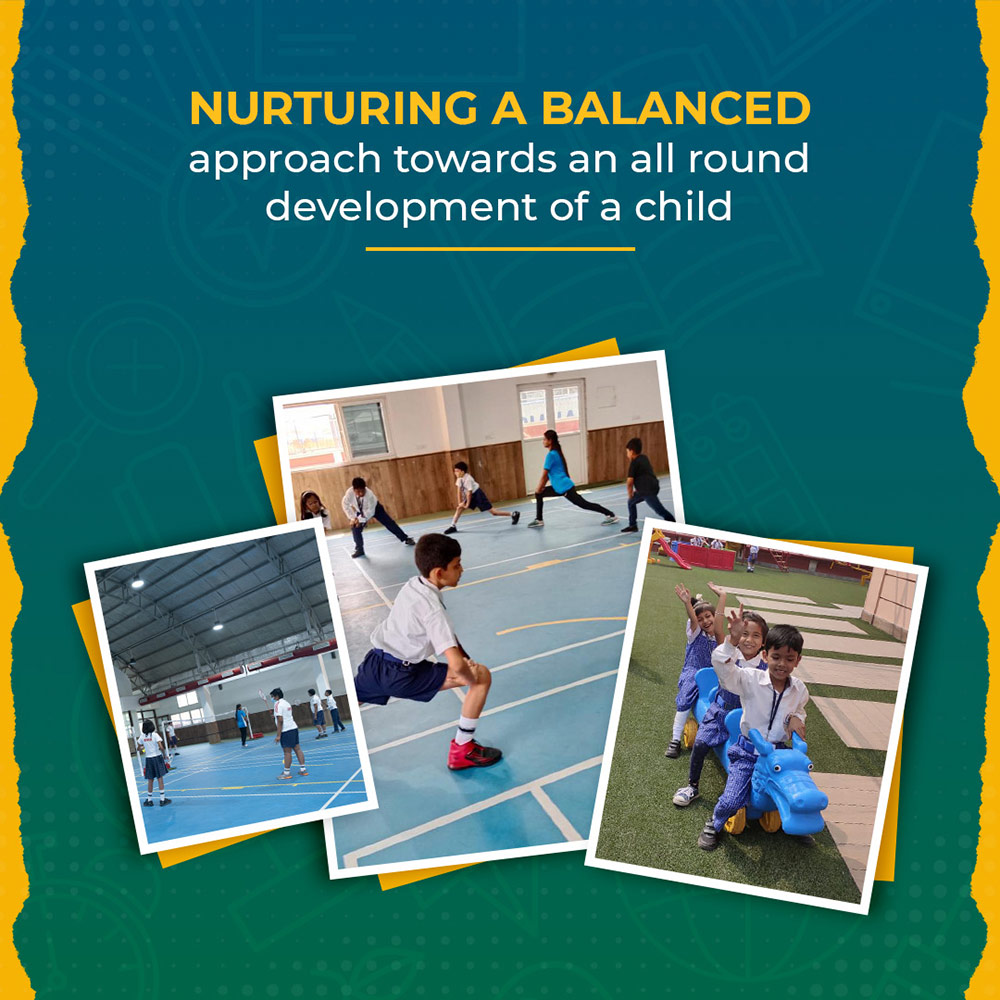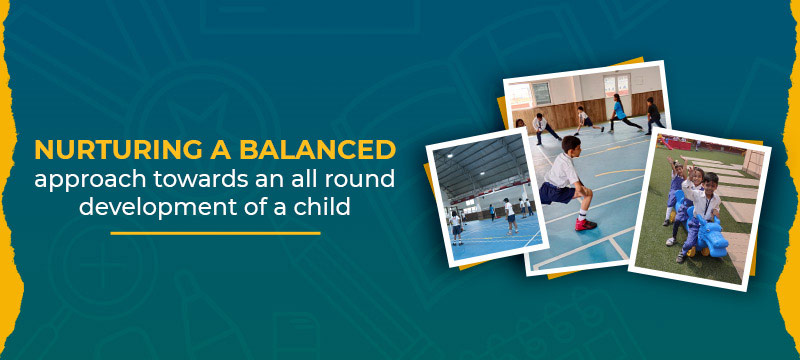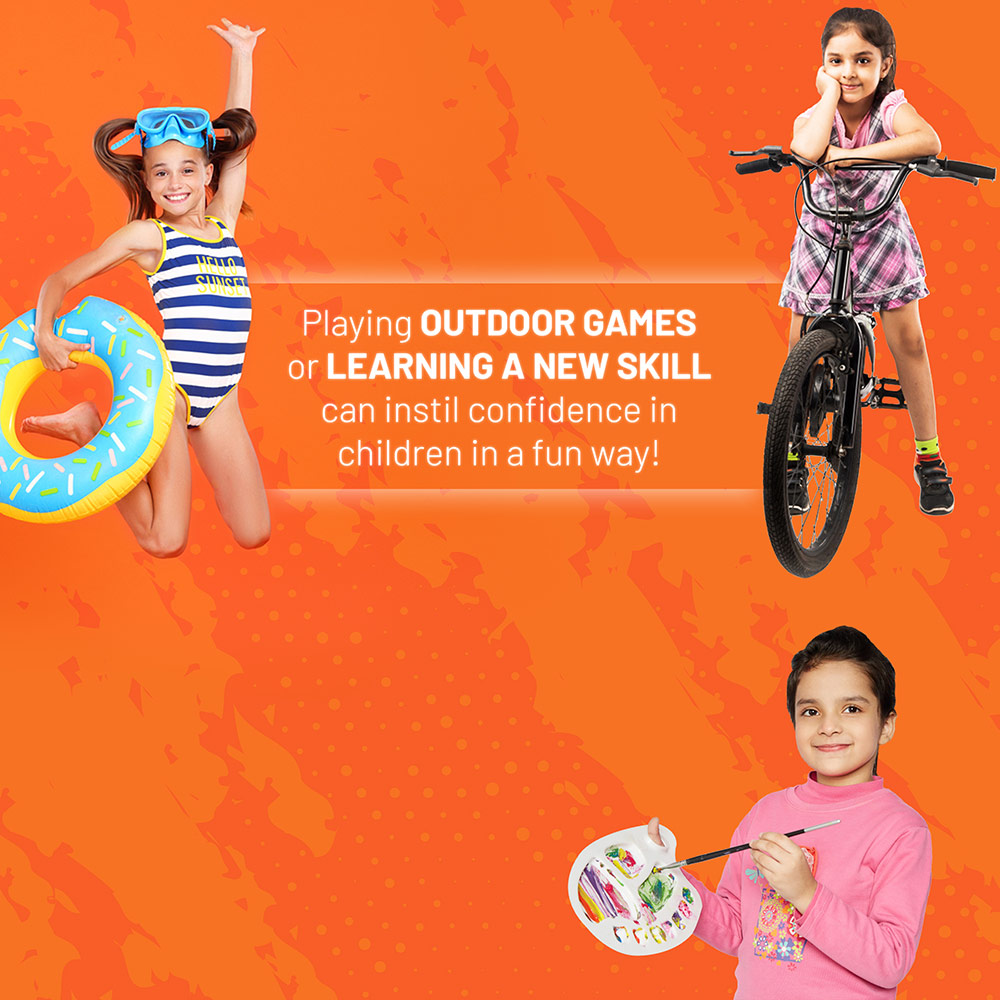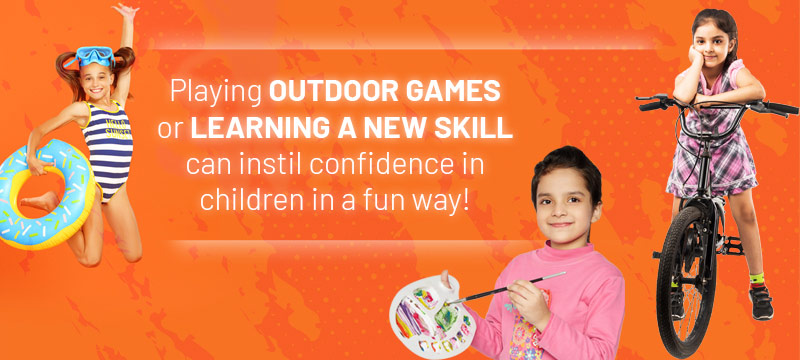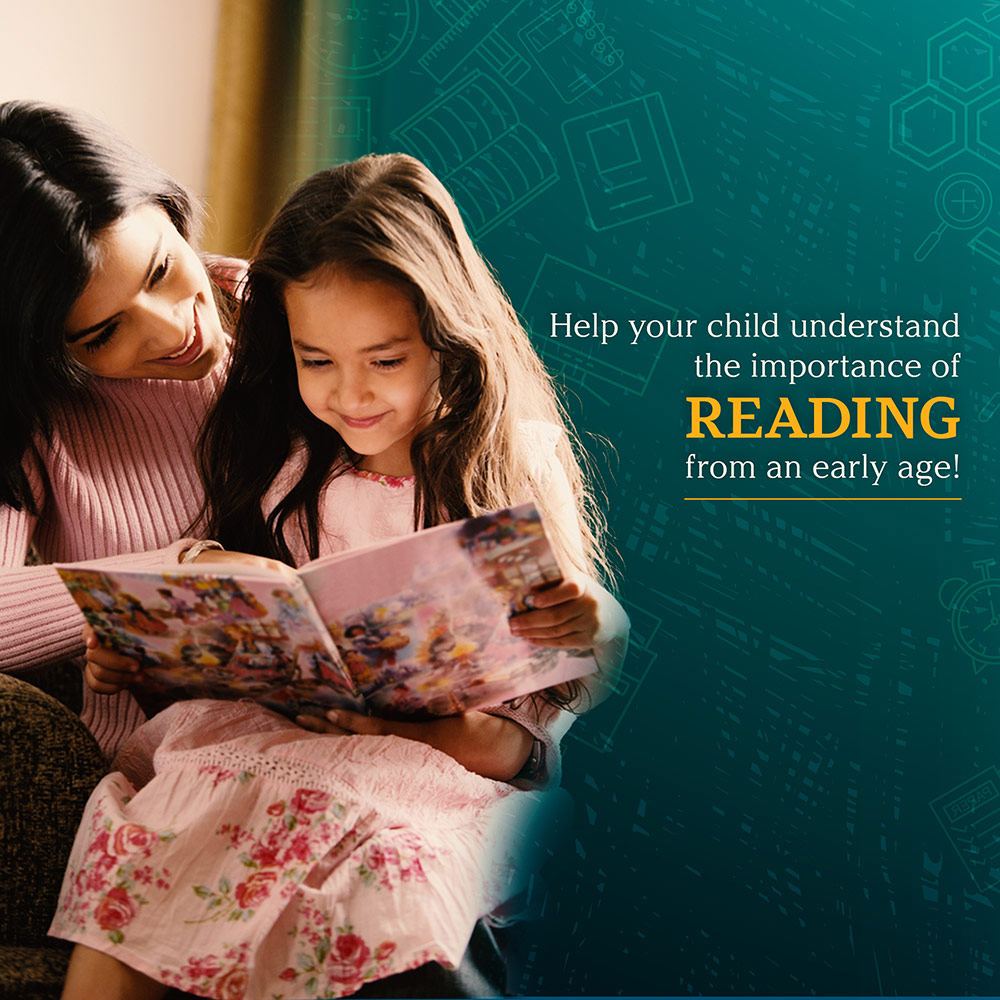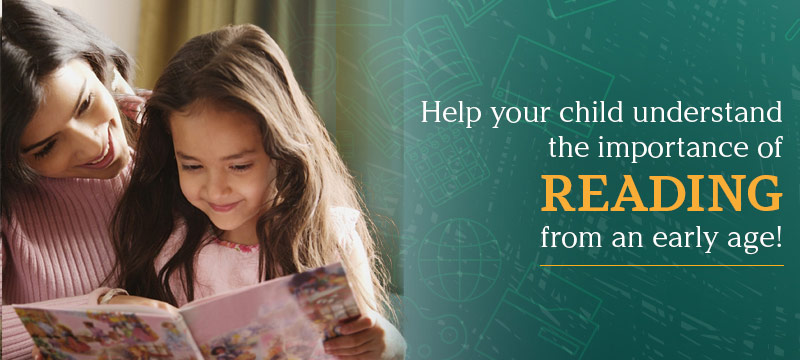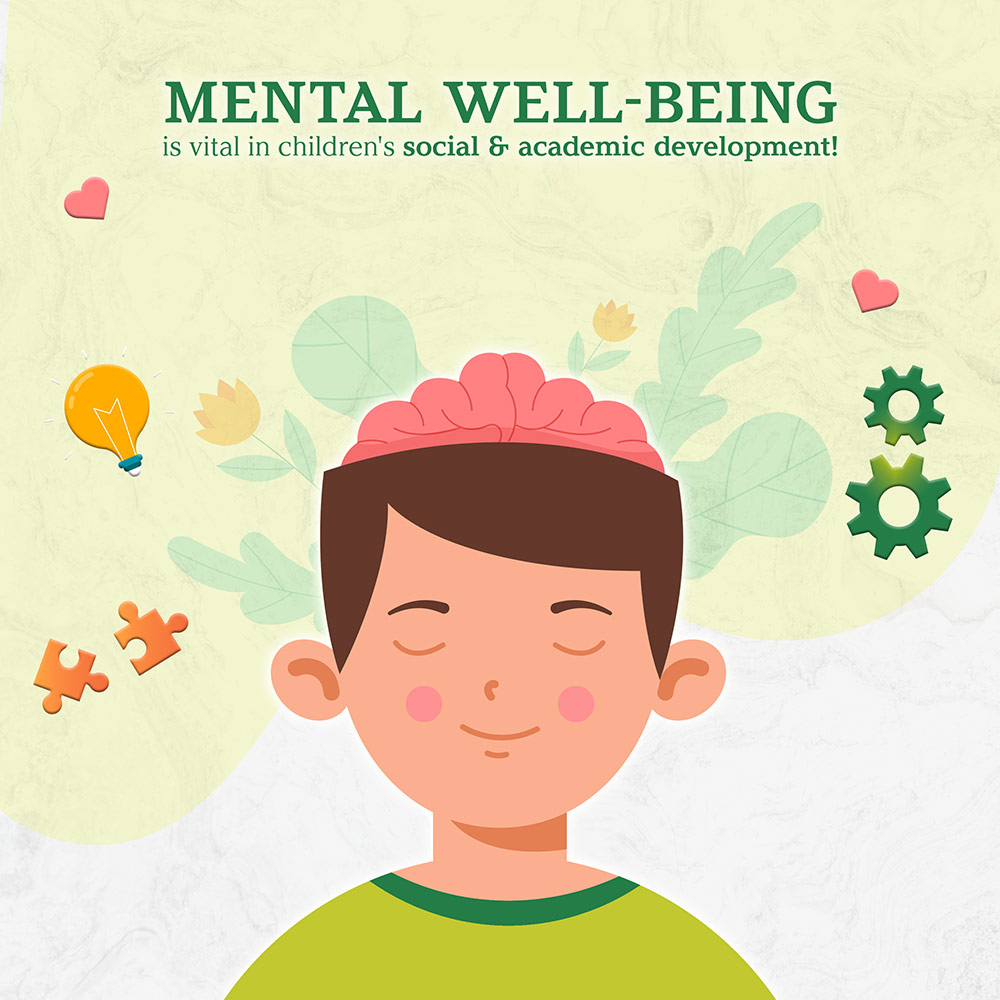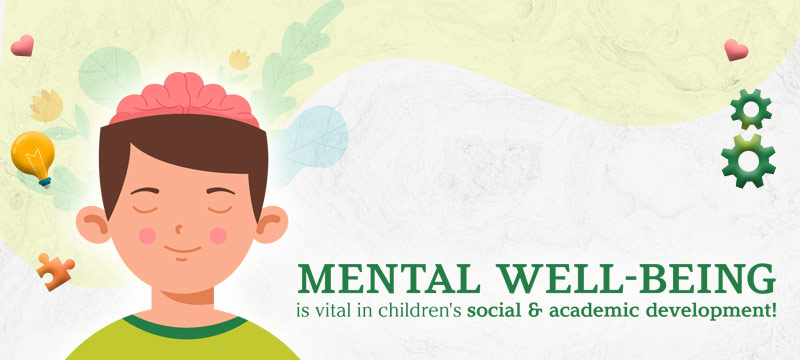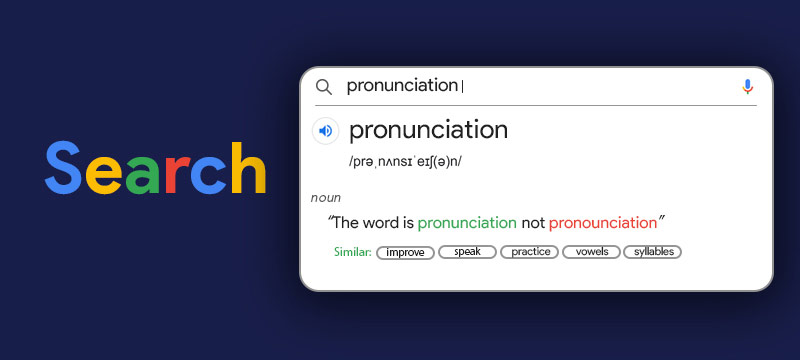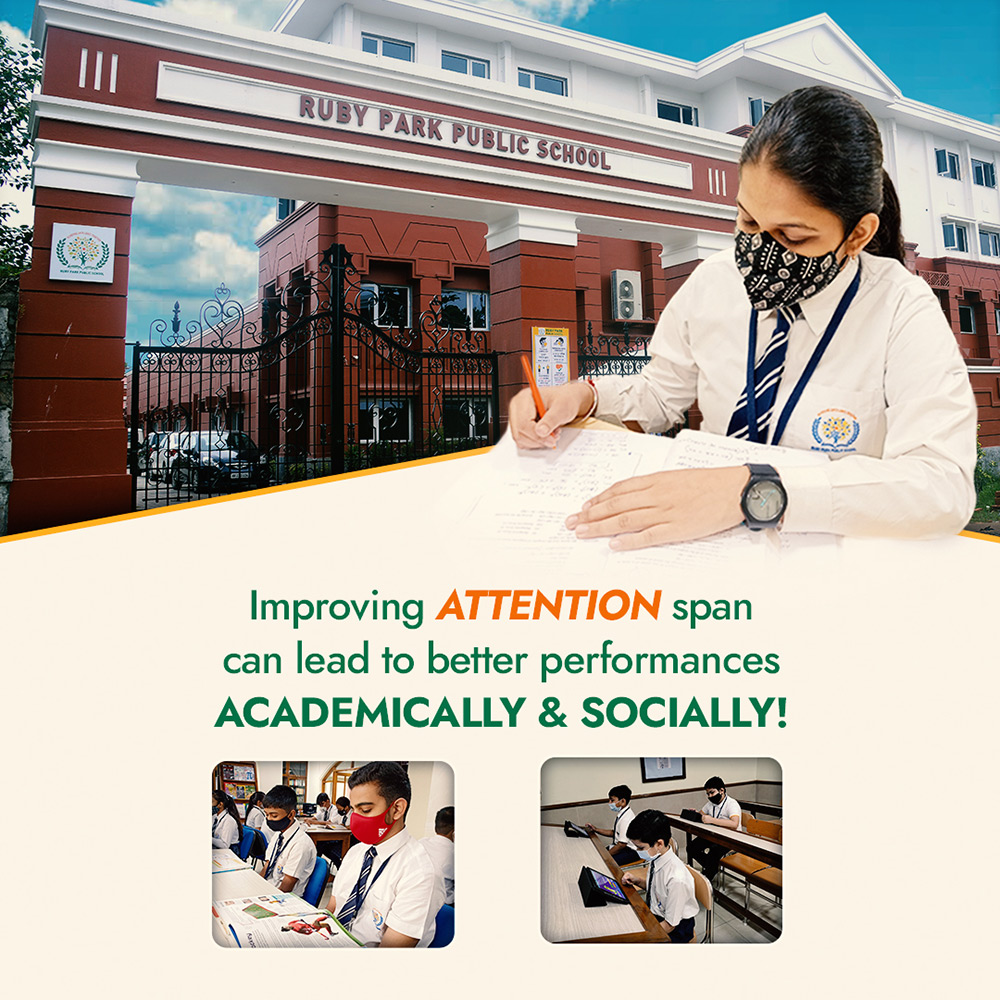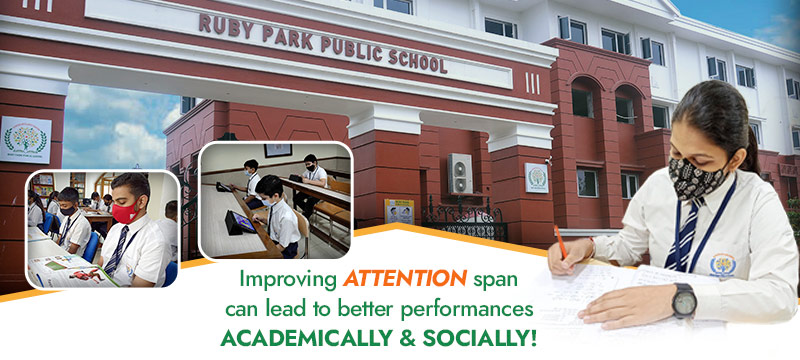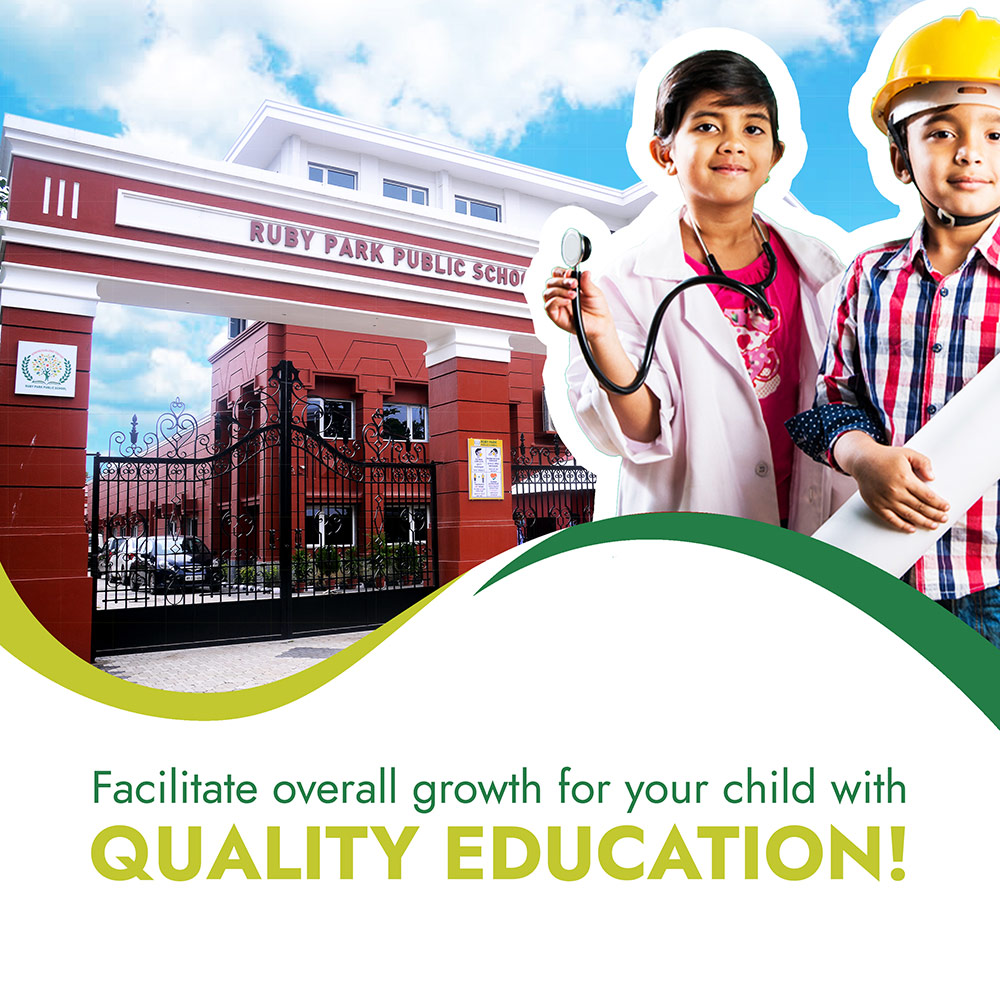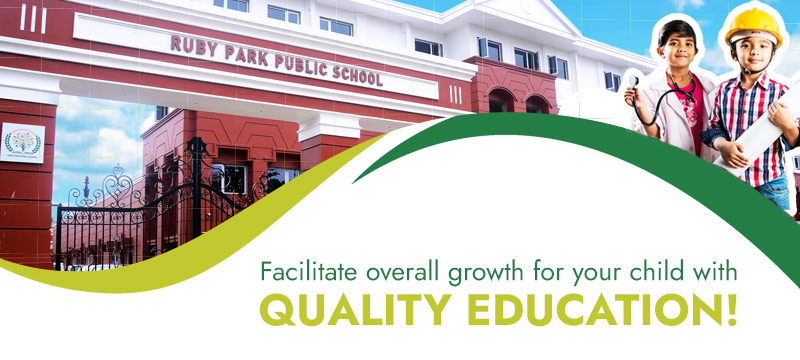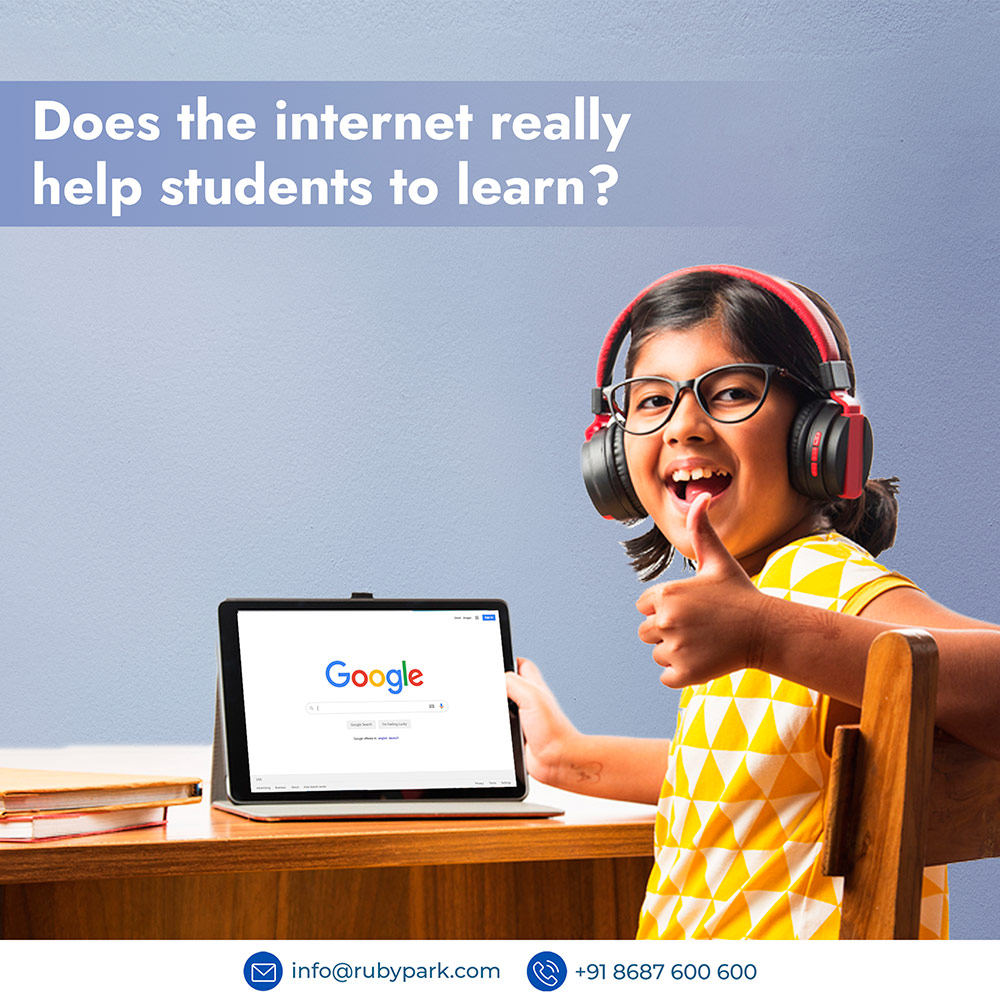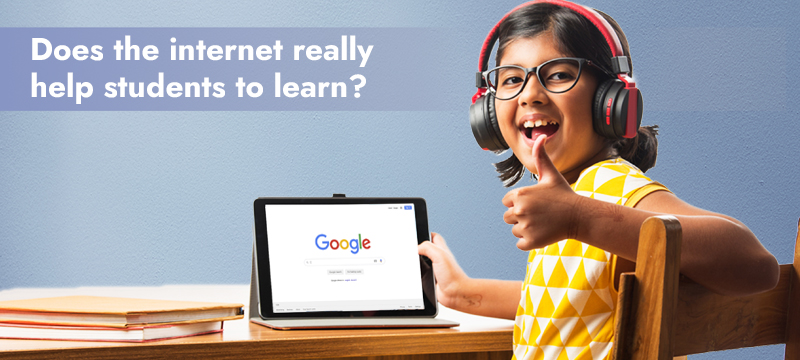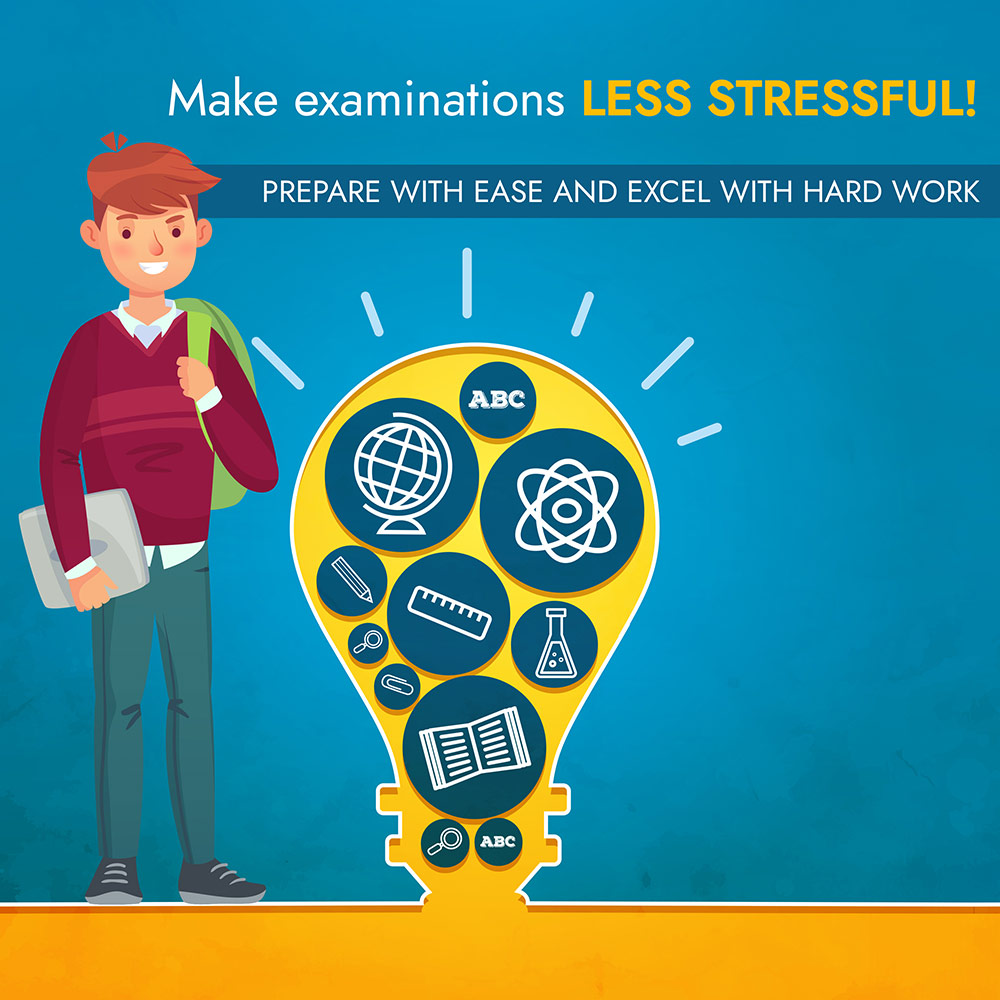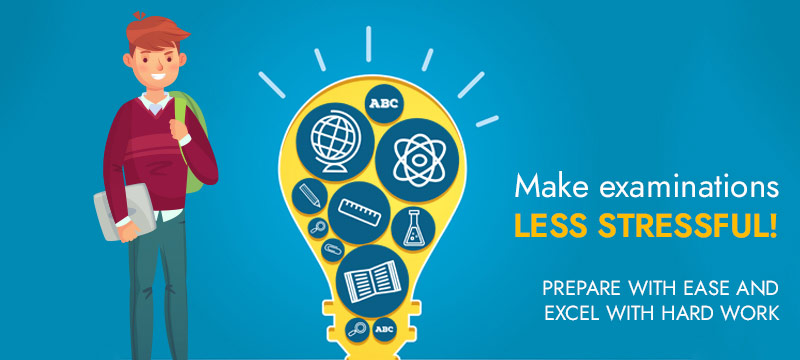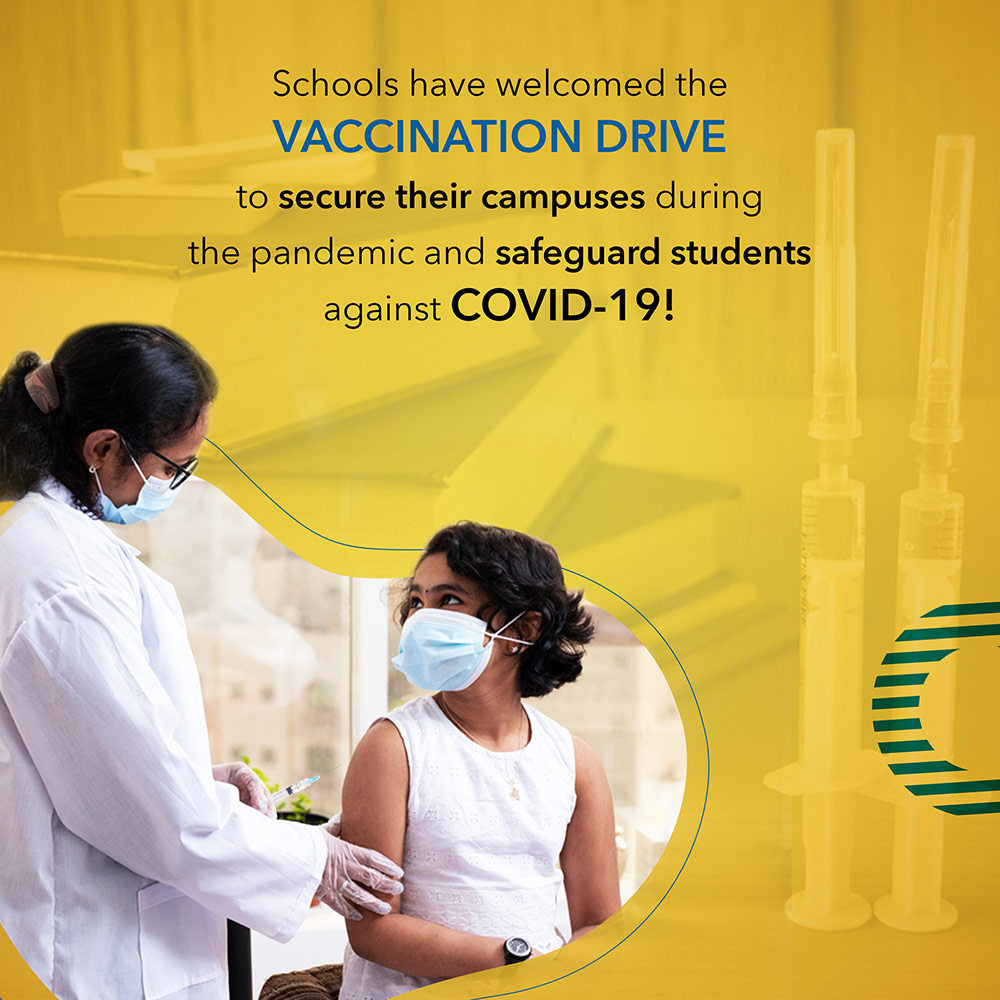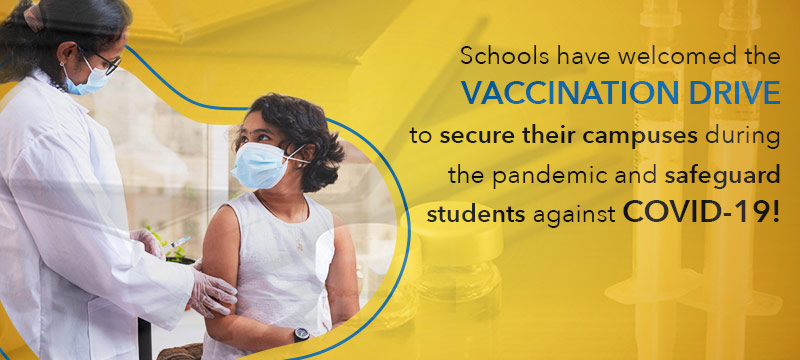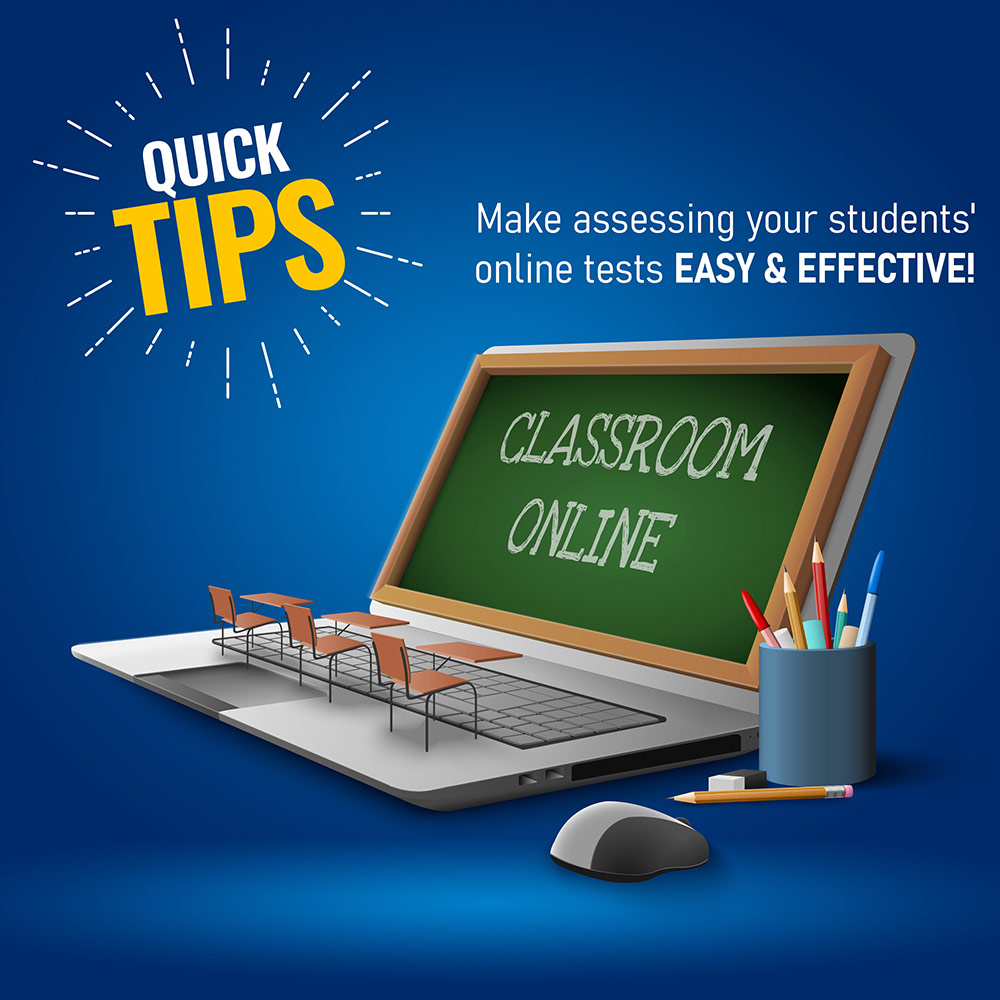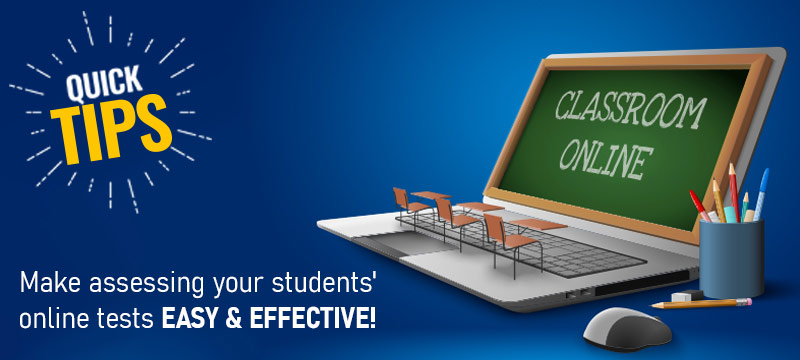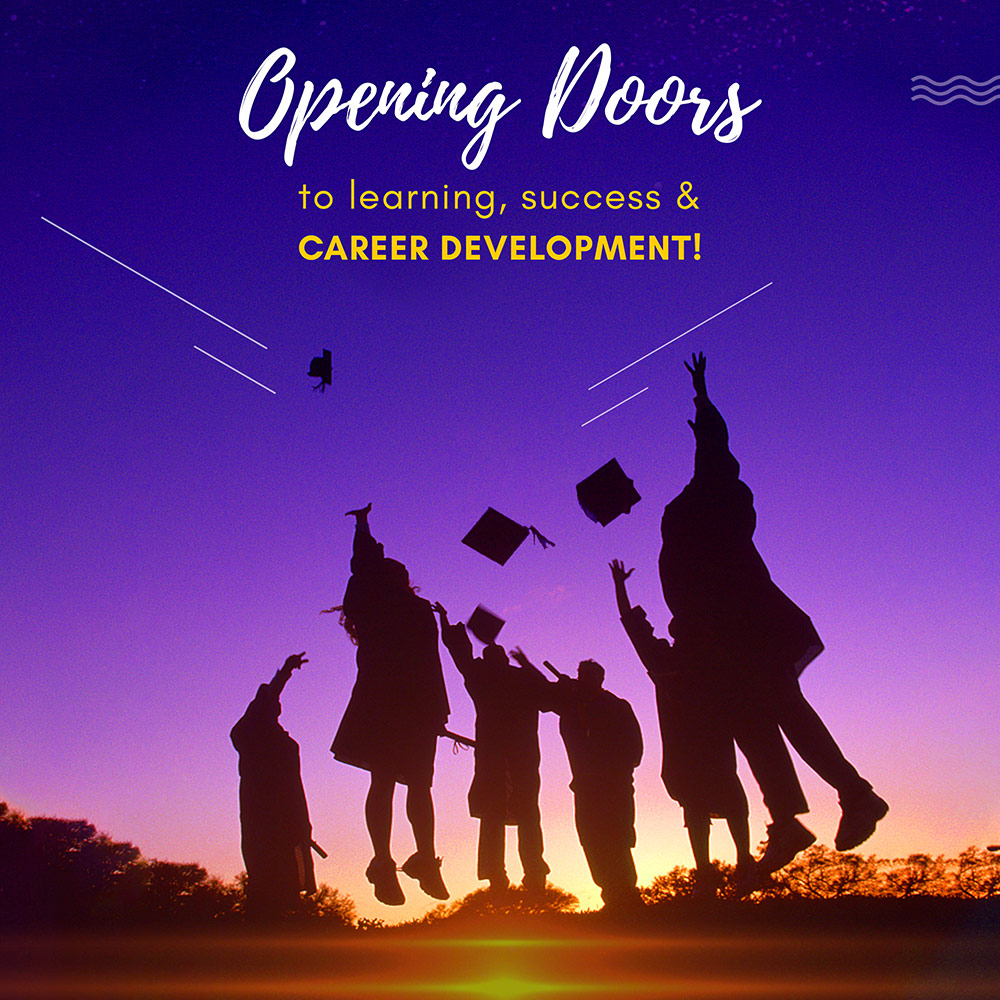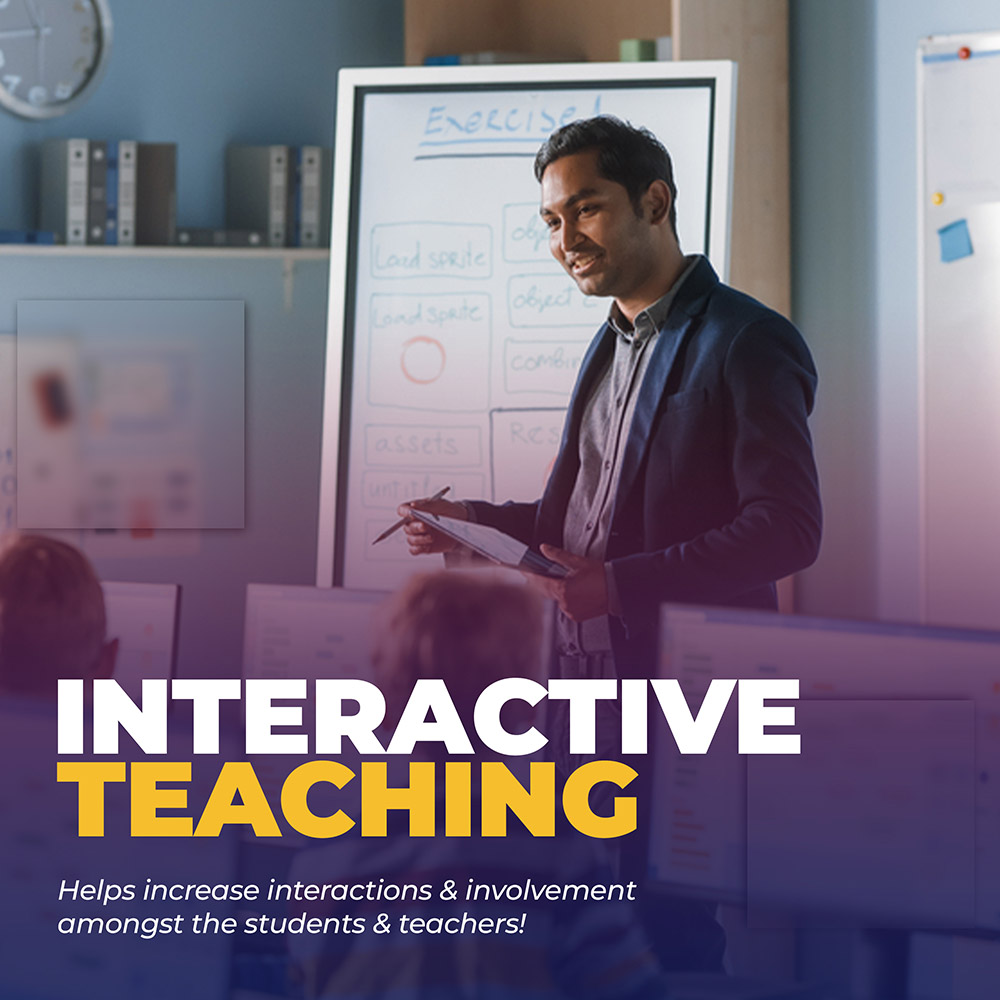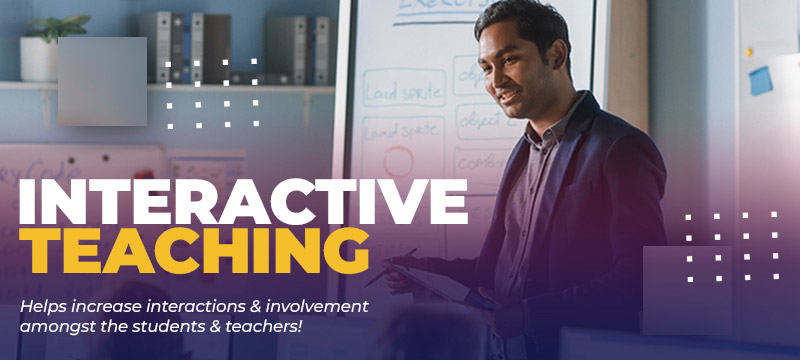
Independent learning refers to a process where students evaluate and assess their academic development. They set goals, make choices and execute their strategy to achieve their learning outcomes. When refined, it enables the student to adapt to new settings quickly and improve learning outcomes.
Importance of Independent Learning
Independent learning has immense potential for improving learning outcomes. Instilling accountability can help students to build confidence in their learning abilities. Independent learning can also develop other capabilities in students, some of which are:
- Enhanced capability to learn by themselves without the support of teachers.
- Increased learning efficiency
- Improvements in academic performance
- Better motivation and confidence levels
- Better self-awareness
- More social inclusion
Skills required for Independent Learning
The specific skills which allow successful independent learning are as follows:
- Ability to make informed choices and stick to them.
- Self-Accountability or the ability to take responsibility for own learning activities
- Critical self-awareness.
Tips for Developing Independent Learning Skills in Students
Teachers can help develop independent learning within their students by following these tips:
- Provide the students with opportunities to self-monitor themselves
- Categorize information and offer a model of the behaviour of independent learning to the students
- Provide feedback to the students on the classwork and homework attempted by independent learning
- Encourage collaboration amongst students to engage with peers to complete group tasks, rather than being dependent on the teacher.
- Allowing students to set their personal learning goals and take ownership of it. It will empower students to take control of their learning.
- Involve the students in lesson planning. It motivates the students in helping you plan your practice to achieve a better outcome.
- Encourage students to keep a diary to plan, keep track and monitor their progress.
Outcomes of Independent Learning
Independent learning outcomes show a positive and upward learning curve in most cases. The outcomes may be summarised as follows:
- Enhanced learning outcomes
- Improved motivation and discipline
- Better social interactions.
- Increased opportunities for completing differentiated tasks set by the teacher.
The aim of independent learning is a gradual, step-by-step transfer of responsibility from the teacher to the students in the learning process. By asking open-ended questions, promoting thinking amongst students, and helping develop a practical approach to problems, teachers can make students become more capable learners.
Ruby Park Public School: Your gateway to world-class education
Ruby Park Public School aims to educate and nurture students to become a strong community of future-ready citizens and leaders of tomorrow. With a holistic pedagogy and methods of delivery at RPPS, the students are taught life skills to live responsibly by caring for the self, the people around them and their environment. The school ensures quality education in the academic ad co-curricular spheres.
Being affiliated with the CBSE board, it visions to impart 21st-century skills to its students and maintain a delicate balance between traditional values and modern ethos. The refreshing and peaceful learning environment has stimulated the students to achieve the highest standards of discipline and excellence in their educational endeavours.
References:




